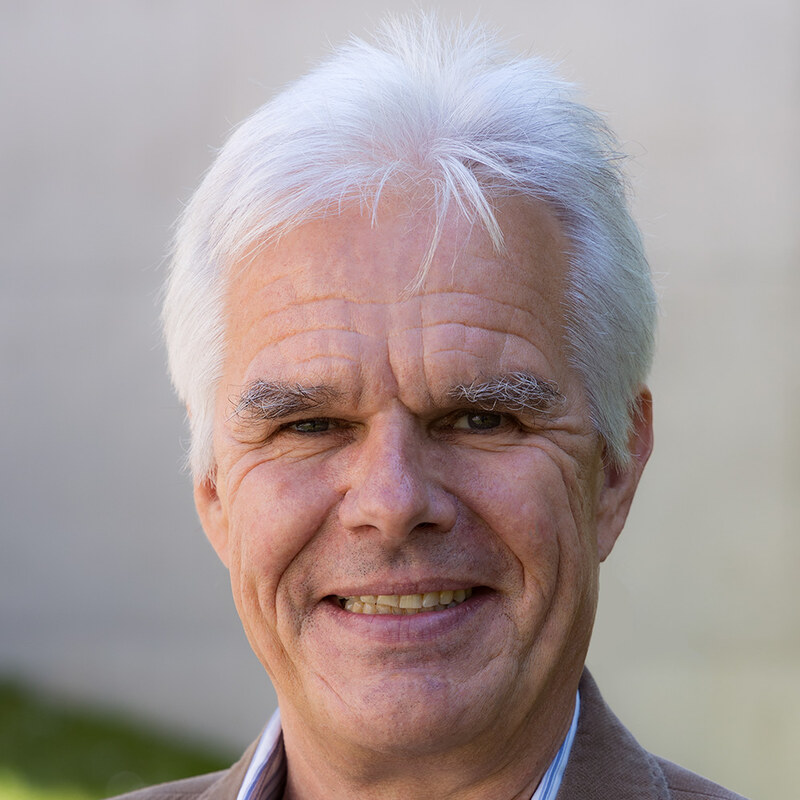Read more
Physical mechanisms underlying the self-assembly of living optical materials
Addressing the question of how living organisms make colorful materials
Project leader: E. Dufresne
Team: U. Steiner, F. Scheffold
Many organisms produce color by scattering from materials with structure at scales comparable to the wavelength of light. The diversity of these structures is staggering: single gyroid, diamond, simple cubic and amorphous structures are only some of the chitin-based examples found in insects. Birds, on the other hand, produce photonic nanostructures out of the protein beta-keratin or the pigment melanin. The optical properties of these structures are sensitive to their length scale, symmetry, and topology. Over the last decade, there has been a tremendous amount of insight gained into structure-property relationships used by animals to make colors. This body of work has pushed forward a more challenging question: How do animals assemble these structures from the bottom-up? While our previous work put forward some plausible physical mechanisms, no experimental tests of these ideas have be achieved in living or synthetic systems. This project will perform in vitro experiments designed to reveal the physical mechanisms used by living organisms to regulate morphogenesis a the nanoscale.
Main investigator
Involved people
- Related publications
- Related projects as project manager
Projects of SCHEFFOLD Frank
Projects of STEINER Ullrich






